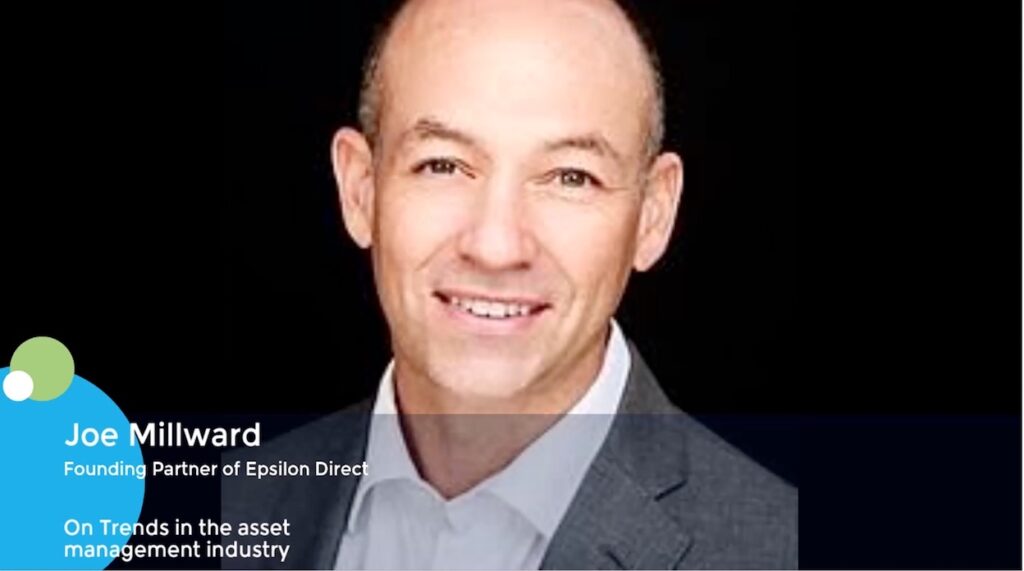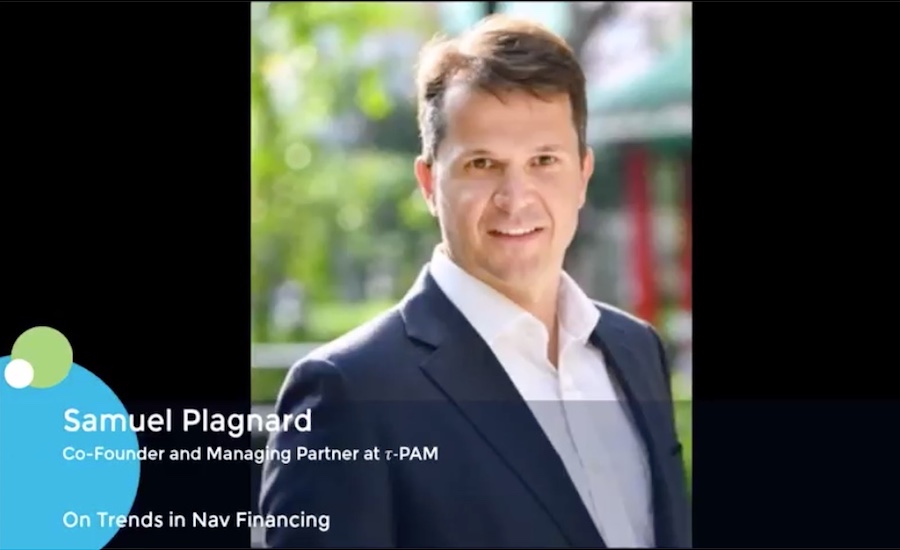LPs trim large-cap sponsor cheques, hunt mid-market winners amid exit headaches
- Large-cap GPs see reduced allocations as LPs deploy downstream
- Small, mid-cap funds bear higher loss risk but outperform large-cap peers
- LPs favour quality over size, driving hot, fast mid-market fundraise environment
After years of sluggish private equity exit activity, LPs on both sides of the pond are tightening the reins – becoming increasingly selective about where, and with whom, they deploy capital.
Fundraising concentration may have buoyed some of the largest private equity platforms, but others are beginning to feel the chill as LPs trim tickets and freeze out marginal relationships with even the weightiest names in the game.
CalPERS, for example, slashed its commitment to Apollo’s flagship fund from USD 550m in Fund IX (2019) to just USD 225m in Fund X (2023). Carlyle has seen a more pronounced retreat, with its allocations falling from USD 800m pre-GFC (2007) to just USD 177m in its 2022 fund.
CPPIB has also cut its ticket to CVC from EUR 650m in 2018 (CVC VII) to EUR 500m in 2021 (CVC VIII). The Canadian giant also scaled down its commitment to Silver Lake, from USD 750m in Fund V (2018) to USD 400m in Fund VII (2023).
While fundraising over the past cycles has clearly favoured large GPs, a confluence of factors – limited exit routes for large assets, prolonged hold periods, and weaker fund-level performance – is forcing a strategic rethink among sophisticated LPs, according to market participants.
This “flight to quality” is not just a matter of backing the biggest brands.
Instead, smart LPs are scrutinising re-ups to large-cap managers and, in many cases, seek to cut their re-up tickets in favour of allocating to a more focused bench of top-tier mid-market performers.
“LPs are increasingly willing to look downstream and consider smaller funds than they are used to investing in,” said Laura Leyland, a partner at UK-based placement agent Asante Capital.
For their part, both CalPERS and CPPIB have increasingly favoured the mid-market – a segment where managers often rely less on leverage and more on operational value creation to deliver returns.
This might seem unsurprising in today’s higher-for-longer rates environment, where riding leverage and multiple expansion is no longer a one-way bet.
Yet the flow of LP capital downstream is not an emerging trend.
Brian Williams, the New York-based co-head of private capital advisory at William Blair, said that the migration to the middle market has been ongoing for years, spurred on by greater potential to capture upside amid more plentiful exit optionality in this size bracket.
A report by Schroders shows that while mid- and small-cap private equity funds carry slightly higher loss ratios than large-cap peers, they consistently deliver stronger returns in and out of a recession.
Between 2005-2017, small/mid funds averaged IRRs of 16% in non-recession years and 13.6% during recessions, outperforming large-cap funds, which averaged 13.6% and 13.1%, respectively.
IPO headwinds, which make large-cap exits more reliant on continuation vehicles (CVs) to generate returns, have further reinforced UK-based Phoenix Group’s LP stance privileging mid-cap buyout funds for its with-profits or defined contribution pension books, according to Cecile Retaureau, who heads private markets at the firm.
Though this would be reassessed if IPO conditions improve, as things stand, “mid-market deals also provide lower entry valuations, which we find is critical for returns,” she said.
Ongoing geopolitical uncertainty in recent years has in some ways strengthened the case for the mid-market, due to the local focus as a buffer against global shocks and trade disruptions.
This won’t have escaped the attention of larger GPs.
Schroders predicts that large-cap GPs, sitting on record dry powder, and contending with a lack of deal flow, will be forced to dip into the mid-market within the next two years. This will make mid-market exit options more abundant, continuing a trend Mergermarket has tracked in recent years.
But it’s important not to be too rose-tinted about the mid-market exit environment, either. Many who haven’t been able to differentiate themselves, who have struggled to exit or build track records during the dry spell, are facing existential pressure.
For some, the question is stark: consolidate or fold.
“These days, it’s almost better to be really big, or really small,” said one GP, alluding to a so-called “barbell effect” in private equity. Small, specialist and niche managers win on agility and unique deal flow, while large-cap GPs have the brand, breadth and resources to keep attracting capital.
Stuck in between, many mid-market players face a tough squeeze: too big to be nimble, too small to scale – and increasingly sidelined by LPs chasing either safety or standout returns.
The result has been an uptick in GP stake sales, consolidation into platforms, or increasing use of leverage such as NAV financing and GP solutions in order to survive.
In this environment defined by market Darwinism, quality defines the fittest.
This year has seen several mid-market GPs raise sizeable funds in record time, underscoring LP appetite for proven operators below the mega-cap tier.
In Europe, mid-market funds raised at speed this year include Inflexion Enterprise VI (GBP 975m in under four months), Aurelius V (EUR 830m in five months); CBPE XI (GBP 714m; under four months). Across the Atlantic, JMI Equity XII raised USD 3.1bn in under six months, while Kingswood Capital Management and Pacific Avenue Capital Partners each pulled in USD 1bn+ in less than four months.
GP grand prix
Against this backdrop, expect higher competition for capital in 2026, as these smaller players enter a fundraising race with some of the industry’s largest names returning to raise their latest flagship funds.
| Fund | Fundraising launch year | Target |
|---|---|---|
| CVC X | 2026 | EUR 26bn |
| Advent International GPE XI | 2025* | USD 26bn |
| EQT XI | 2026 | EUR 23bn |
| Apollo XI | 2025* | USD 25bn |
| KKR North America Fund XIV | 2024* | USD 20bn |
*This table contains mega funds that are open to 2026 or beyond
As GPs jostle for grid position, the balance of power will hinge less on scale from investing with a brand-name and more on which managers are generating strong returns across distributions. This can mean bigger cheques for those chosen managers.
Any trimmed re-ups reflect the shortage of successful sponsor exits, dampening LPs’ conviction to invest in GPs, rather than any lack of capital available to deploy, argued Jean-Philippe Boige, a Paris-based managing director at fundraising advisor Reach Capital.
“In certain cases, allocation sizes are going up because LPs are trying to reduce the number of managers that they have in their portfolio, even if the total pool of capital is the same, so it’s resulting in larger allocations for those managers they continue to support,” said Williams from William Blair.
In the face of this competition, large-cap GPs still have cards to play.
Many are now turning to retail channels and wealth platforms to fill the institutional gap, a move that may reshape fundraising norms in the years ahead.
“The big revolution in the market that’s happening is retail investors, and platforms are better conditioned to capture retail,” Boige said.
The capacity to tap large pools of retail capital is an area where the biggest players remain dominant. Indeed, Campbell Lutyens’ 1H25 secondary market outlook found that sponsors were able to raise USD 16bn from evergreen pools of capital in response to more challenging closed-end fundraising.
But for the smartest and most experienced LPs, size is no longer the signal it once was. The power dynamic is shifting, not toward the biggest, but the best.
For mid-market GPs, staying competitive means remaining in a constant state of fundraising, Boige noted. The traditional notion of closing a fund and stepping back for a few years before raising the next has become obsolete.
“Everyone is always in the market nowadays. You’re no longer in an environment where you can close a fund and return to marketing in a few years.
“You’re always in the market,” he said.










